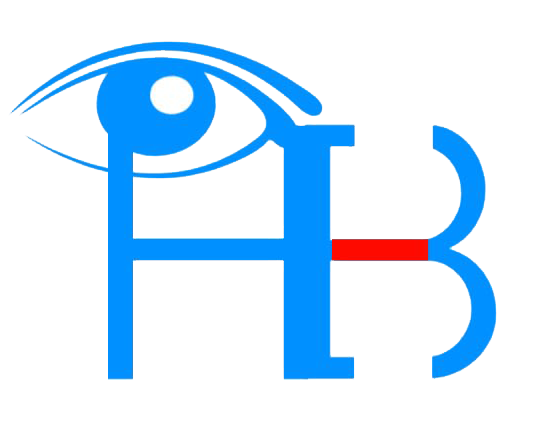As we get older, our eyes and other parts of your body may not be spared from the effect of aging. Gray hairs may pop up. The skin may show some wrinkles. The eyes may gradually develop cataract.
What is cataract ?
Cataract is known as the opacity of the crystalline lens. The crystalline lens is the natural lens in the eyeball. It is clear and transparent in appearance and allows light rays to pass through it to the back of the eye ( retina) to form an image.
How cataract is formed
Cataract develops gradually when the protein, fiber, water content or structural make-up of the lens begin to degenerate. This process is called lens denaturation and it’s usually caused by oxidation of the lens by UV rays, intense heat or aging process of the body.
As the lens degenerates, it starts to get cloudy and lose its transparency or natural clear appearance. This degeneration may continue for several months or years until the lens becomes opaque or gets to maturity.
Causes of cataract
Effect of Aging is the primary and most common cause of Cataract. This is the reason cataract is more commonly detected among people in their late sixties and the elderly than the younger folks.
However, other causes of cataract include eye injury, diabetes, constant exposure of the eyes to ultraviolet rays of the sun, intense heat, prolonged use of steroidal eye drops/meditations etc
Symptoms of cataract
You won’t know if you have cataract until it is detected during eye examination by your eye-care practitioner. However some signs/symptoms that are usually associated with cataract are as follows.
– Cloudy, hazy or decreased vision. This often compel people to want to have an eye examination and change their glasses.
– Colours of objects may appear less saturated. This is the case with mature cataract.
– The pupil may look ‘whitish-gray’ if the opacity is in its advanced stage.
– Your eyes become very sensitive to light and glare. Glare is often a major problem for cataract patients and a big challenge for night driving.
Treatment
Like many eye conditions, cataract can not be treated with the use of eye drops or medications. It is removed by surgical procedure. During this procedure, the cloudy, hazy lens is removed and replaced with an artificial lens called IOL – Intra Ocular Lens. The lens is clean, clear, transparent and has the look and shape of the natural lens.
Cataract can also be removed by Laser-assisted procedure. This depends on the ophthalmologist’s preferred approach.
With cataract removal and IOL implant, light rays can once again pass through the lens to the retina and give a clearer vision.
However after cataract surgery, the eye needs some time to heal. This may take from 6 weeks to 12 weeks- as the case maybe. When the eye is properly healed, it is advisable to visit the optometrist for eye examination to determine if glasses is needed for vision correction.
Written By;
Austin Madu, OD
( Optometrist )


Recent Comments